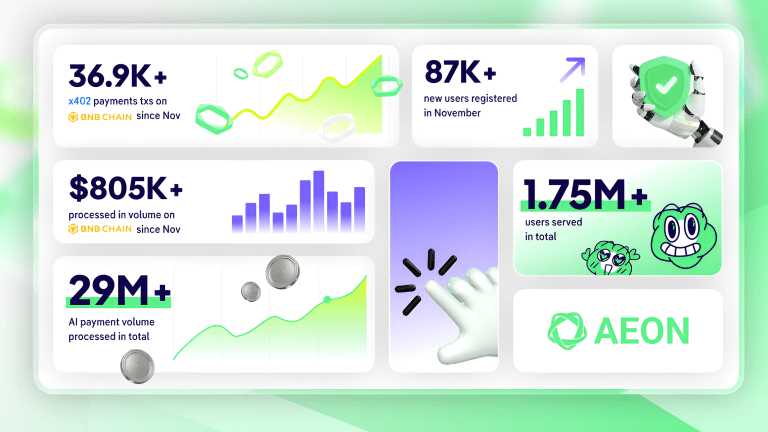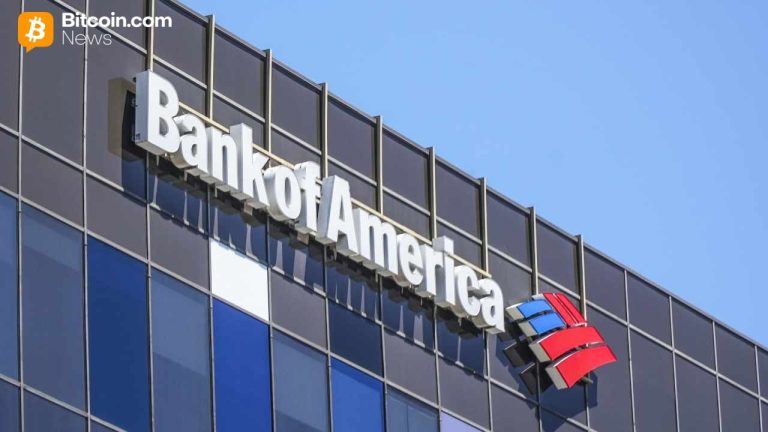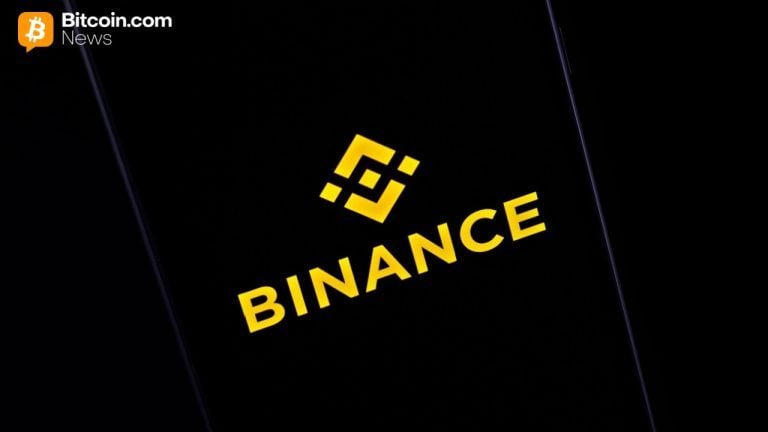Bonds in the works for Indiana water pipeline project
5 min read

The Indiana Budget Committee last month approved $101 million more for an innovation development district in the city of Lebanon, including $50 million in seed funding for a bond-financed water pipeline from Indianapolis to Lebanon, where the Indiana Economic Development Corporation wants to bring more tenants to one of the state’s two IDDs.
The Lebanon IDD, known as the Limitless Exploration/Advanced Pace or LEAP Innovation District, currently hosts pharmaceutical giant Eli Lilly, which has invested $9 billion in the site. Lebanon Mayor Matt Gentry said Lebanon, which is about 25 miles northwest of Indianapolis, is in a challenging location water-wise, straddling two watersheds: the White River watershed and the Wabash watershed.
“Our maximum pull is about 4.6 million gallons of water per day, which comes from some wells we have north of town as well as some wells in town,” he told The Bond Buyer. “Lilly’s demand is about 800,000 gallons of water per day. We can supply that today, but it didn’t leave a lot of remainder after that. And we’ve had strong industrial growth.”
Eli Lilly
When the governor and the secretary of commerce first brought him the idea of the LEAP District, he said, his first concerns were about water. But “the state committed to work with us to solve our water problem.”
The IEDC has set aside $50 million to be put into a trust account to cover interest and principal payments on the bonds for the water pipeline until everything is up and running.
The Indiana Finance Authority will issue the bonds through its water program, Gentry said, and “we still have to approve the water agreement between the city of Lebanon and Citizens.” Citizens Energy Group is a public utility delivering natural gas, water and wastewater services to the region around Indianapolis.
Gentry said expenses from the upgrades will be structured to impact new industrial park tenants rather than existing ratepayers. He said they’re creating two utility districts: one for the pre-LEAP Lebanon, the current customers and residents of Lebanon, and then a second utility district just for the LEAP district tenants.
“This is a wholesale water supply agreement between Citizens Energy Group and Lebanon Utilities, who would make the decisions regarding fees for their customers,” said Citizens spokesperson Benjamin Easley.
Indiana Secretary of Commerce David Rosenberg told The Bond Buyer that there are currently about 9,000 acres under contract in the LEAP District, most of that annexed into the city of Lebanon and under a planned urban development zoning classification.
“We’ll have another announcement for a company in LEAP coming on Oct. 2,” he said. “We will have another approximately $9 billion of investment into the district by the end of this year. … In a less than three year period, we expect to have almost $18 billion of investment into the district, all with high-paying jobs… By the end of this year, we expect to have about 2,000 to 2,300 acres sold to the private sector for development.”
The IDD tool was created by the legislature in 2022; when there’s an investment of greater than $2 billion, the state can declare an IDD, which is “like a big TIF district at the state level,” Gentry said. Such tax-increment financing districts capture the property tax, sales tax and income tax growth generated on that site. The state takes 88% of the property tax, while 12% of the property tax is passed on to local political units.
The cost of the pipeline itself remains unclear; one critical organization,
Under questioning by state lawmakers at the Aug. 22
Wasky pointed out that Eli Lilly changed the assessment on the site from agricultural to commercial and increased the value, resulting in, he said “millions of dollars a year to the city and the school district.”
He also said the IEDC has been “diligent” in factoring infrastructure costs into agreed-upon land sales price: “We take, based off of what their usage would be of the roads that would be built, the amount of water that they need, the amount of electricity that they need, and prorate the cost to each one of those acres that we would be selling to the company in order to ensure that the state’s going to get its return,” he said.
Rep Edward DeLaney, D-Indianapolis, argued that the state chose not to use eminent domain and sacrificed tens of thousands of dollars. “I am not impressed by the idea that you overpaid for land and then made a ‘profit’ on it from somebody to whom you’re going to give other money [in the form of incentives],” he said.
Wasky added that the IEDC’s incentive programs are structured so that no money goes to the company until they perform on job creation and other metrics — that the state only pays the percentage of the incentive that is actually earned.
“Performance grants are not paid back,” Rep. Gregory Porter, D-Indianapolis, noted.
On the total estimated cost of the LEAP project, Wasky said “it’s a moving target based off of the potential investments that could locate within the district. To date we have spent, I’d say… a little bit north of $200 million.”
Rosenberg said the state has in recent years focused on attracting the industries of the future — semiconductors, EVs, batteries, energy transition, data centers, artificial intelligence, bioscience, ad tech — especially after seeing Intel conclude its site search for a massive semiconductor plant by locating in neighboring Ohio.
“We worked with our legislature to modernize our economic development toolkit, including adding cash performance grants as incentives for companies,” he said. But he said they also needed “ready-made sites” where companies could invest and launch operations sooner, without a lot of red tape in terms of land development.
Lebanon’s Gentry noted that roughly 80 of Indiana’s 92 counties have lost population in recent years.
“That’s certainly a huge red flag,” he said. “That’s a trend you want to turn around, you want to make sure that you have better investments in communities.”
The population of Boone County, of which Lebanon is the seat, has increased 34% since 2010, according to the U.S. Census.
“Having those opportunities in our backyard is a huge advantage,” he said. “When I’m thinking about the potential future of my kids, they can do anything they want right here in Lebanon and have good-paying jobs. We’re more likely to keep our kids and grandkids here as well as attract more people in.”







